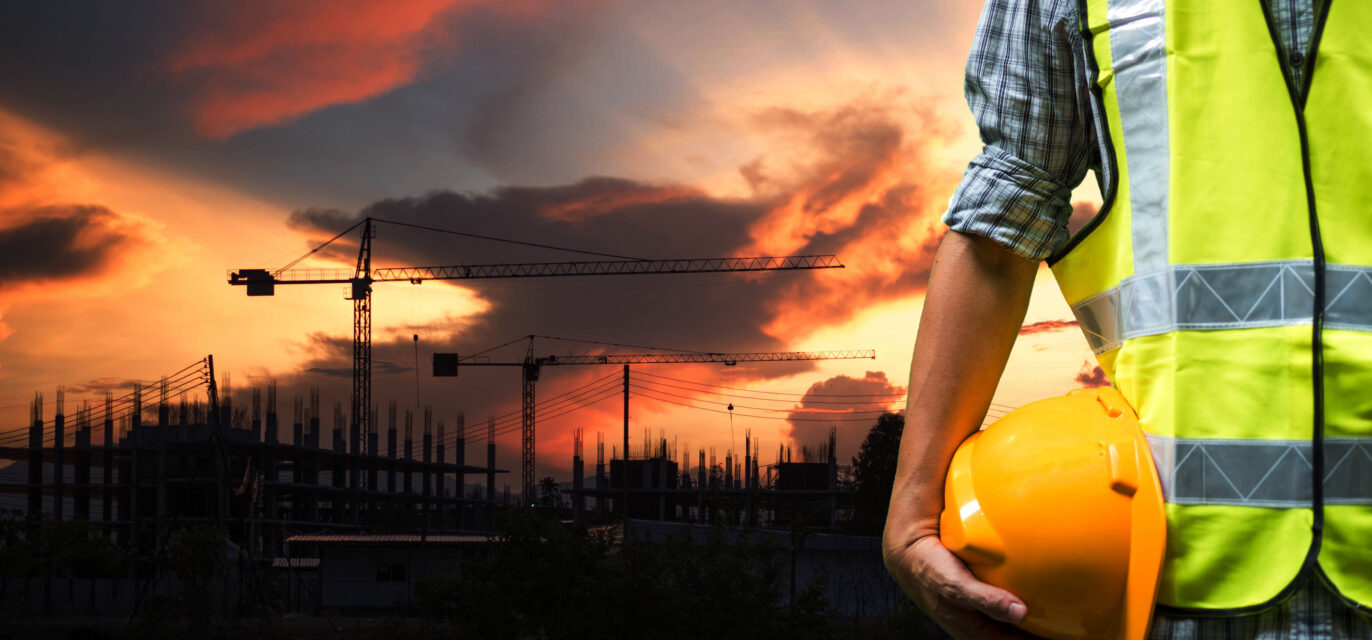
Health and safety: From Covid to Roben’s II
The health and safety failings exposed by Covid-19 and how we can fix them.
The Institute of Employment Rights has brought together 11 health and safety and labour law specialists, including academics conducting empirical research into workplace risk factors throughout the pandemic, to identify the issues exposed by the Coronavirus pandemic and make recommendations as to their solution.
The team, from England, Scotland and Wales, began their two-year reserach project with an initial report into the actions of the Health and Safety Executive and government in response to the Coronavirus pandemic – HSE and Covid at work: a case of regulatory failure. This publication will be released on Thursday 11 March 2021 and can be pre-ordered now.
In this comprehensive review of the latest data on workplace transmission, the team identifies a serious mismatch between the risk to workers’ health and the government’s claims to make workplaces “Covid-secure”.
Sponsor this page
This is one of our most visited pages. Advertise your event, your campaign or your organisation here for a subsidised rate so the IER can support you while you support us.
We’re stronger together.

The role of work in transmitting the disease was recognised from the outset of the pandemic. In May 2020, the Office for National Statistics identified 17 high-risk occupations and ‘clusters’ of cases quickly emerged in a wide range of sectors from public services to food processing and retail. Public Health England (PHE) figures have since revealed the highest-risk workplaces were offices, which accounted for more outbreaks in the second half of 2020 than supermarkets, construction sites, warehouses, restaurants and cafes combined.
Workplace infections account for a significant proportion of all Covid cases. An analysis of PHE data conducted by Professor Rory O’Neill, one of the co-authors of HSE and Covid at work, revealed that 40% of people testing positive for Covid-19 reported prior ‘workplace or education’ activity. Meanwhile, a survey of call centre workers by co-author Professor Phil Taylor revealed that over one in three (35.4%) were seated less than two metres away from their colleagues in contravention of social distancing rules. This is despite a warning from the government’s own SAGE advisors that reducing social distancing to one metre rather than two could increase transmission ten-fold.
Watch: Our experts detail their findings and proposals
Watch the full three-hour seminar, chaired by IER Director, Carolyn Jones, or use the links below to watch each speaker separately.
05:06 Prof Phil Taylor, University of Strathclyde – Covid and the workplace: setting the scene
26:23 Lord John Hendy QC & Prof Michael Ford QC – Covid-19 and UK’s H&S law
53:32 Janet Newsham, Hazards –H&S what activists want
1:17:46 Prof Steve Tombs, Open University– Workplace oversight and enforcement during covid
1:38:46 Prof Phil James, Middlesex University – Proposals for reform
In May 2020, the government declared workplaces “Covid-secure” and reassured workers that this would be enforced through a £14m package for HSE ‘spot checks’. But IER’s analysis found strong evidence that risk was not sufficiently mitigated in workplaces because Covid-19 rules were not adequately enforced.
The IER’s analysis of the government’s strategy reveals an underfunded, light-touch approach through an understaffed agency which failed to regulate the risk to workers and, by logical extension, to communities, including carers, pupils and students in education and their parents. The magnitude of this risk has since been tragically borne out by large workplace outbreaks such as that seen at the DVLA’s Swansea offices, while the government’s underwhelming response is reflected in the complete absence of prosecutions of employers known to be breaking Covid rules.
In the second phase of the IER’s health and safety project, the team will hold a Committee of Inquiry with the aim of agreeing recommendations for the reform of health and safety legislation and its enforcement.
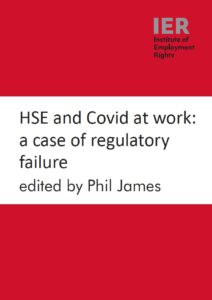



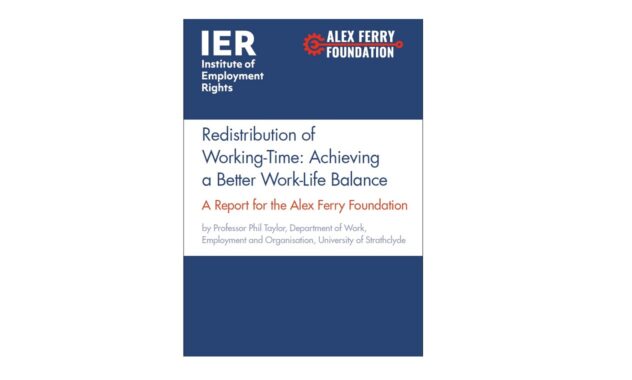



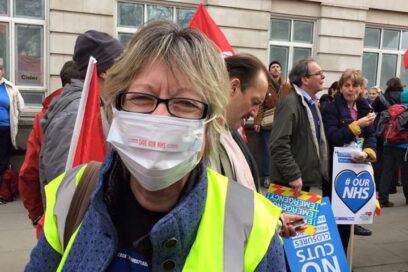




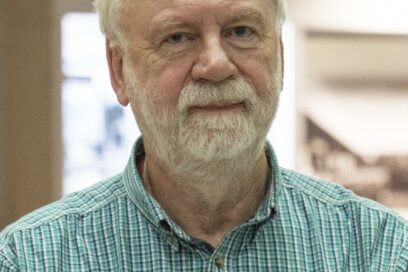

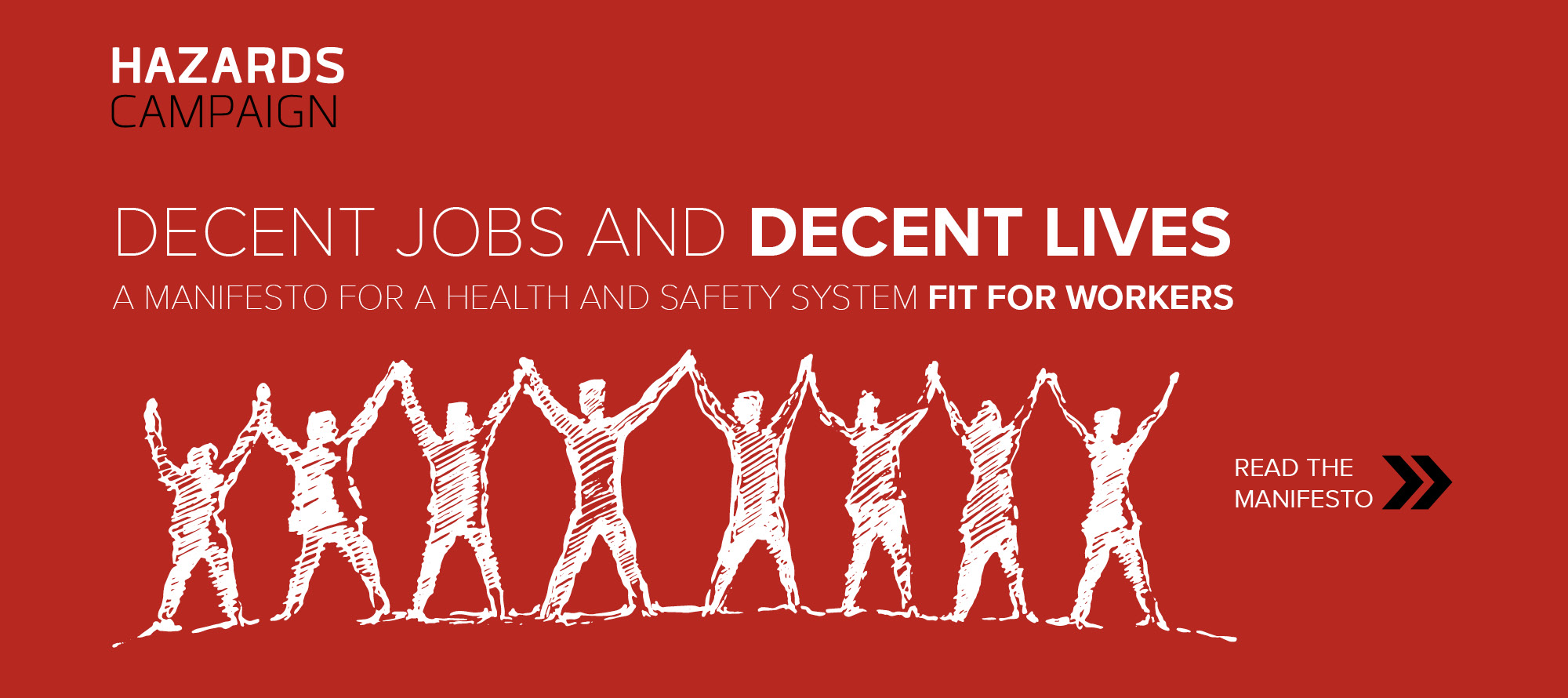

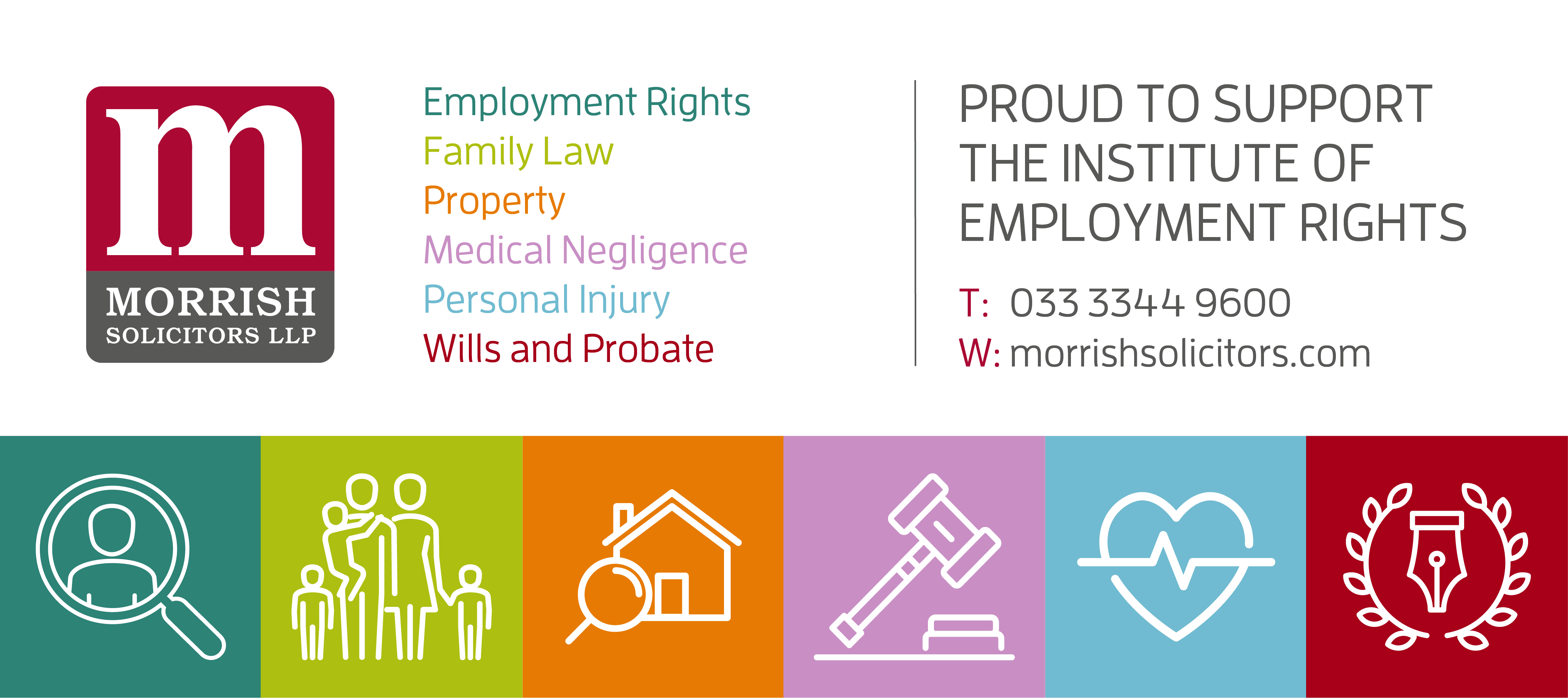
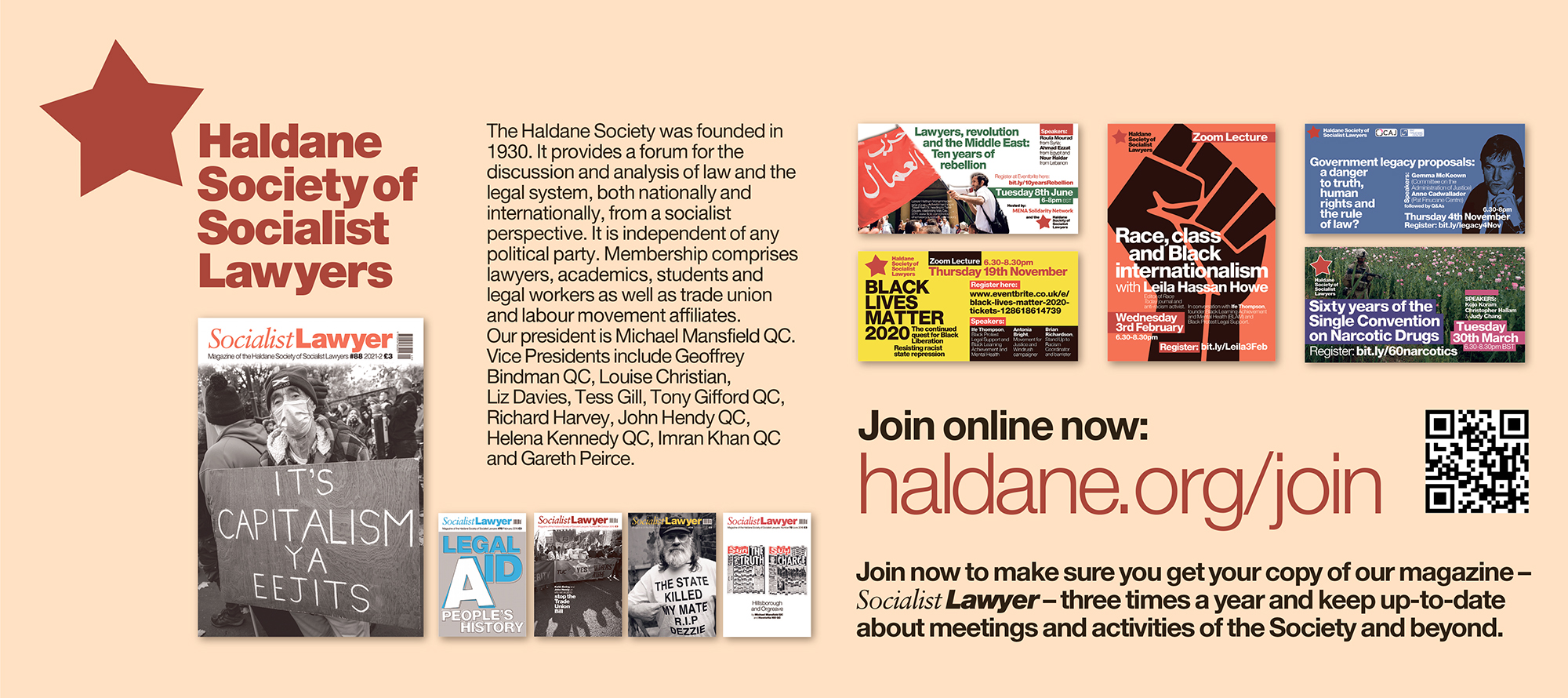

Has the pandemic revealed a deliberately failing State when it comes to health and safety at work?